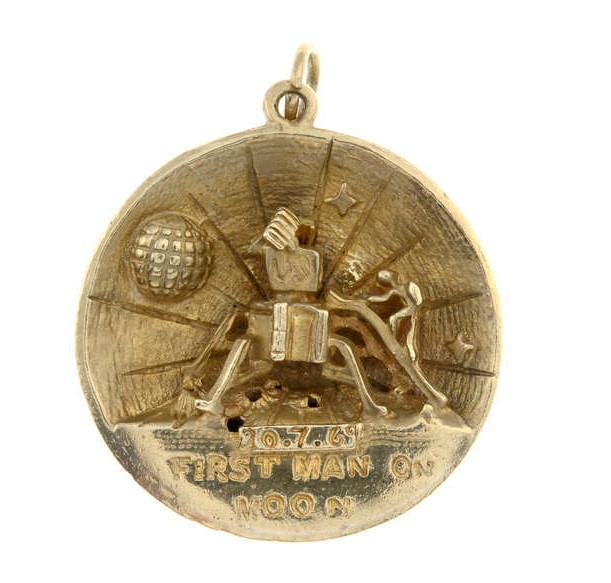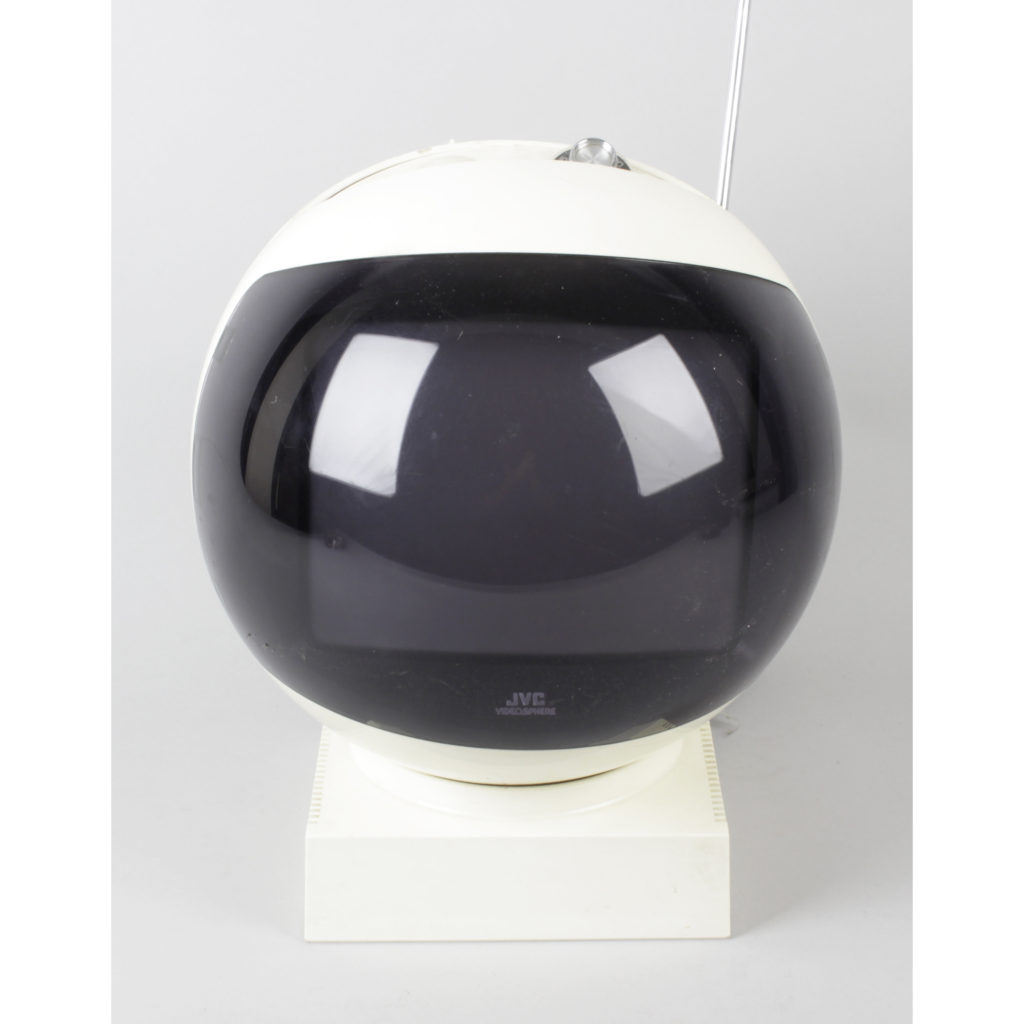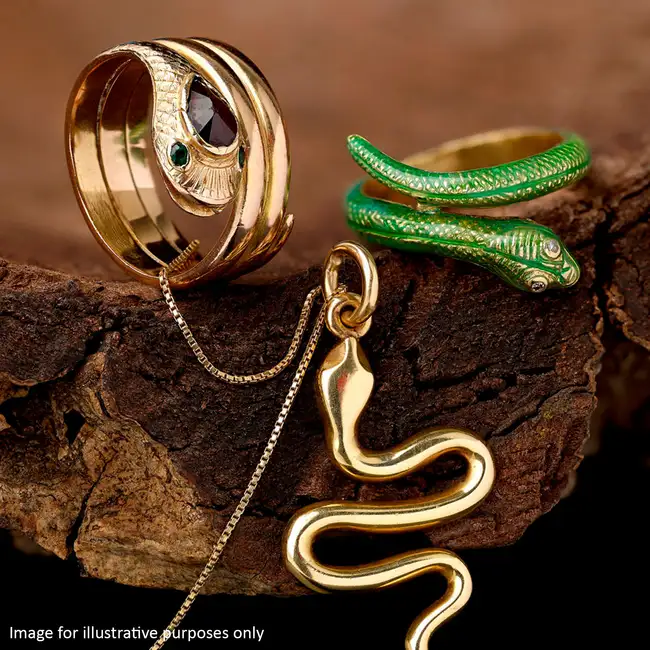*Cue the 2001: A Space Odyssey theme tune*
Forgive me for stating the obvious, but, humans love space. A fascination with all things celestial has followed civilisation since its early days. People have constantly looked to the stars as a source of inspiration, painting pictures in the night sky. What was once an unrealistic dream – walking among the stars and on the surface of the moon, was actualised in the mid-twentieth century.
The Space Race
The late 50s saw The Space Race, a competition between the US and the Soviet Union to make strides in space travel. Originating from the tensions of the Cold War, The Space Race was the struggle for superiority in space travel capabilities. While the development of rockets that were used for space travel began at the end of WWII, from the technology of intercontinental ballistic missiles, the first satellites weren’t launched till 1957/1958. It was the USSR who first crossed this milestone with Sputnik 1. This prompted the US to begin working on ‘Project Mercury’ – a human spaceflight program. Secretly, the USSR pursued a similar goal and the ‘Vostok programme’ was born. Just three years after their first satellites, in 1961, Soviet cosmonaut Yuri Gagarin was launched into space aboard a Vostok 3KA rocket. He completed one orbit around the Earth before returning.
The American Response
Just a month after the USSR, the US successfully sent a man into space – Alan Shepard. Although Shepard did not complete an orbit like Gagarin, he was the first person to manually control a spacecraft. It wasn’t until a full year had passed from Gagarin’s orbit that the US achieved the same. In 1962, John Glenn became the first American to complete an orbit of Earth. This back and forth between the two countries continued for the entirety of the 60s, with the USSR always just ahead.
In 1965 this seemed to remain the case as cosmonaut Alexei Leonov became the first person to complete a spacewalk. However, it was at this point that the US began to gain traction, which culminated in the lunar landing. In 1968, the US sent three astronauts in Apollo 8 to complete 10 orbits of the moon. A year later, on 21st July 1969, Apollo 11 successfully achieved a moon landing. Neil Armstrong completed the first moonwalk, followed by Buzz Aldrin.
The Moon Landing in Pop-Culture: Astronaut Memorabilia
The lunar landing is one of, if not the most culturally significant event of the second half of the 20th century. It utterly changed how humanity interacted with and thought about space and our place in the universe. As such, it prompted a huge wave of interest. In the 70s, there was a boom in design inspired by space and the future. Futuristic and sci-fi designs became the thing.
In our upcoming antiques auction, we have an iconic piece of design, born in this cultural milieu. The Videosphere.
This is not the first object that we've had in our auctions that was inspired by this historic event. In our jewellery auctions, we have seen several 'man on the moon' pendants - such as the one below.
A 1960s 9ct gold 'First Man on the Moon' pendant, commemorating the Apollo 11 mission.
Price Realised: £1,105

If this is an area of interest for you, it is always worth checking out all our auctions as you never know what you'll find. The Videosphere is going for auction on the 19th of September. You can find all the details below on how to keep up to date with our auctions.













